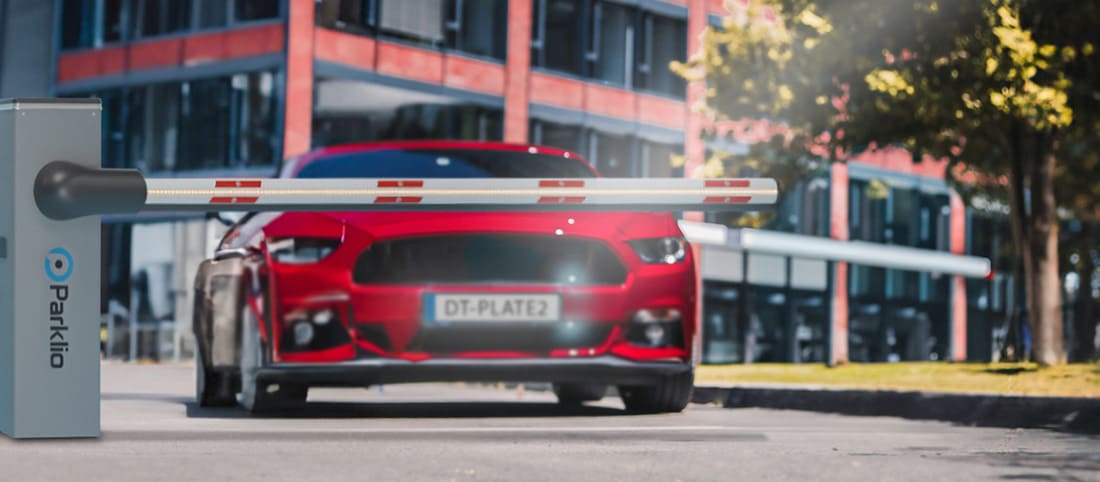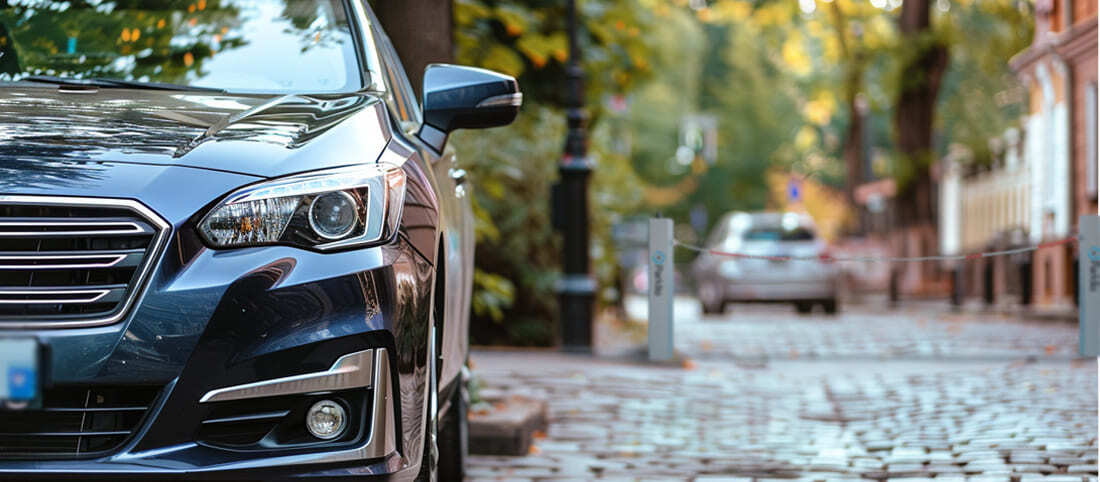A Close-Up Look: How do Boom Barriers Work?
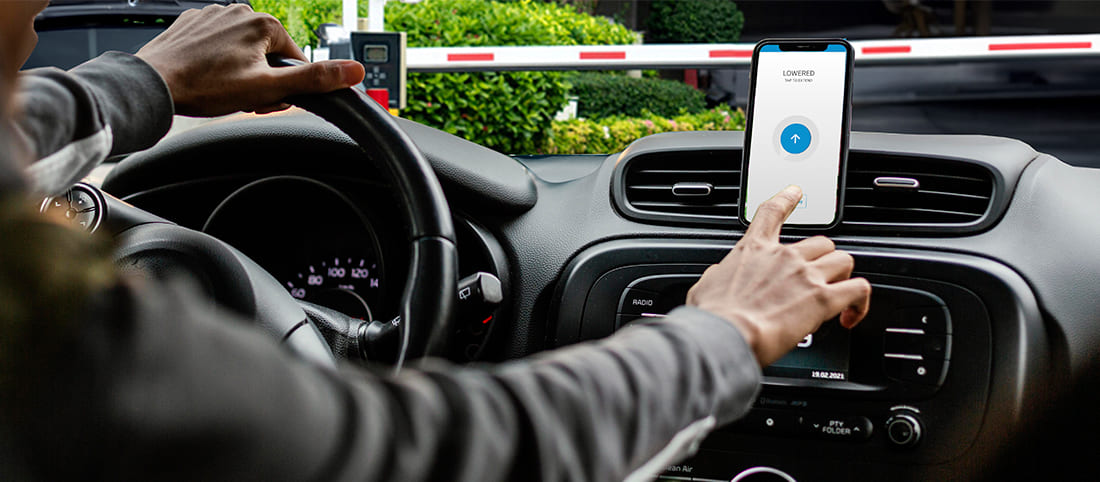
Ever wondered how boom barriers effectively manage entry and exit points? Widely used at parking facilities, toll booths, checkpoints, and entrances to restricted areas, boom barriers regulate the flow of traffic and enhance security by preventing unauthorized access. In this blog, we will examine how they operate and discuss the reasons behind their significant role in diverse establishments.
Table of contents:
Types of Boom Gate Barriers
Boom barriers, also known as boom gates or gate barriers, are physical barriers commonly deployed in parking lots, traffic management systems, and various access control points to regulate vehicle flow.
These barriers consist of a long arm, or boom, that lowers and raises to control vehicle access. There are primarily two types of boom barriers: manual and automatic. Manual Boom Barriers require human intervention to operate, where a person must physically lift or lower the boom to control traffic. On the other hand, Automatic Boom Barriers function through the use of electronic mechanisms, sensors, and cameras, allowing for the boom to be raised and lowered automatically based on specific criteria or inputs, such as a vehicle's presence, ticket validation, remote control operation or license plate recognition.
The main difference between these types lies in their mode of operation; manual barriers depend entirely on human effort, while automatic barriers utilize technology for their functionality. In the following sections, we will exclusively discuss the operation of automatic boom barriers, which leverage smart technology and eliminate the need for constant human oversight, unlike manual barriers.
Components of Boom Gate Barriers
Boom barriers consist of several key components that ensure their effective and safe operation. The central element is the boom arm, usually made from lightweight and durable materials such as aluminum, which moves up or down to allow or restrict access. This movement is driven by a motor and gear system housed within a protective cabinet.
The control unit of a boom gate can vary from manual controls, such as buttons and levers, to more advanced remote and automated systems that integrate with access control technologies, allowing for seamless operation upon vehicle detection. Safety is also considered with infrared sensors and loop detectors installed to prevent the boom from closing on vehicles or pedestrians.
Additionally, high-visibility colors and reflective strips enhance visibility, while communication systems like intercoms, if installed, can facilitate interaction between the user and the control center.
To ensure uninterrupted operation, boom gates are typically connected to a reliable power source, with options for backup power like batteries or solar panels to cover any contingencies.
Operating principle of the Automatic Boom Barrier
Throughout our daily commutes, we’ve all been casual observers of the boom barriers at parking lots. At first glance, the operation of a boom barrier seems effortless - a simple push of a button or a swipe of a card causes the arm to lift, granting access to vehicles. But behind the scenes, a complex interplay of mechanical, electronic, and smart systems sync to ensure that the boom barrier functions swiftly, reliably, and efficiently. Here’s how:
- Vehicle detection
Approaching vehicles are detected using various methods including sensors that detect vehicles by changes in electromagnetic fields, infrared sensors, radar sensors, and ANPR (Automatic Number Plate Recognition) cameras. Electromagnetic sensors are great for traffic control, infrared sensors excel in simple detection tasks, radar sensors can detect vehicles from a distance, and ANPR cameras add security by identifying vehicles by their license plates.
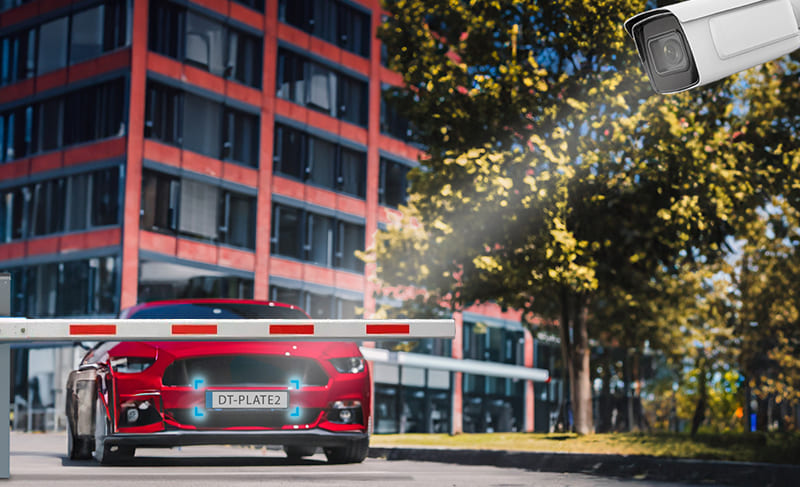
- Vehicle authorization
The system evaluates if the vehicle attempting to pass is authorized to do so. Authorization may depend on several factors, such as whether fees have been paid, if the vehicle holds the necessary access permissions, or if it meets other specific requirements set by the parking facility's owner.
For instance, license plate recognition cameras automatically identify vehicles by comparing captured plate numbers with an authorized database, signaling the barrier to open for recognized vehicles.
RFID systems authenticate vehicles using cards and readers that recognize unique identification numbers. In addition, access control systems may require manual inputs, such as a code or biometric verification, to allow entry. Keyfobs also provide a convenient, contactless means of granting access, utilizing radio-frequency identification (RFID) to communicate with the barrier system.
Similarly, smartphone apps can also be used to open barriers. These apps typically communicate with the access control system via Bluetooth or Wi-Fi, allowing drivers to authenticate and trigger the barrier to open directly from their phones.
- Barrier automation
If a vehicle is authorized, the control mechanism of the barrier activates, raising the boom arm to allow passage. Of course, unauthorized vehicles or operational issues will keep the boom lowered, blocking access. Because of the built-in timers, circuitry, and sensors, boom barriers ensure the arm stays up just long enough for vehicles to smoothly pass through.
In short, the functionality of boom barriers relies on an advanced integration of automation and technology. That being said, the integration of access control systems is one of the most crucial aspects of boom barrier operation, primarily due to its direct impact on security and efficiency, which are central to the purposes that boom barriers serve.
Integration with Access Control Systems
Integrating access control systems with automatic boom barriers significantly enhances security and streamlines traffic management. It not only reduces the need for manual intervention but also provides operational flexibility through customizable access schedules and temporary passes, making it an indispensable solution for a wide range of facilities seeking to optimize security and access control. In the following section, we’ll discuss compatible integrated systems for the boom barrier.
RFID
Radio Frequency Identification (RFID) technology uses wireless communication through electromagnetic fields to identify and track tags attached to objects, such as vehicle stickers, windshield tags, and hang tags. Additionally, systems can integrate with devices like keyfobs and even smartphone apps, the latter often utilizing different wireless technologies to interact with the access control system.
When an RFID-tagged vehicle approaches the boom barrier, the reader detects the tag, verifies the information, and, if authorized, signals the barrier to open. This system allows for swift and efficient vehicle access control, minimizing wait times, and enhancing security.
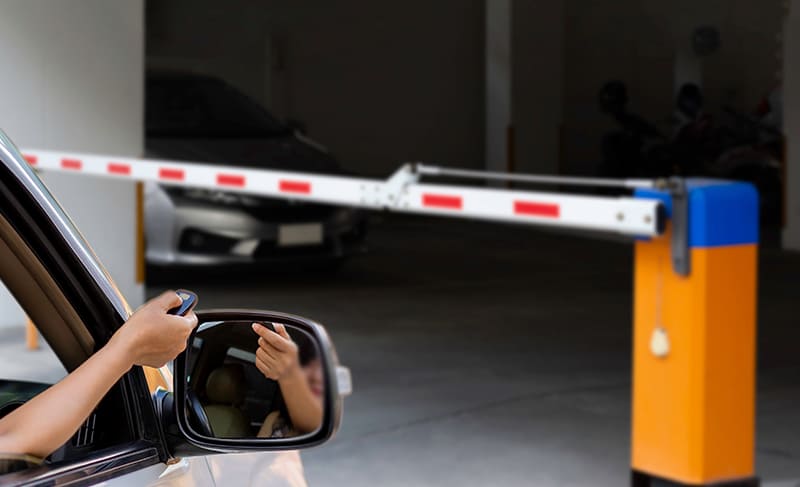
QR CODE READER
Integrating a QR code reader with an automatic boom barrier involves scanning a QR code presented by the individual seeking access. The system decodes the information in the QR code and, if validated, sends a signal to open the barrier. This method is highly versatile, allowing temporary or single-use codes to be generated for visitors, making it ideal for controlled access to events or specific areas.
KEYPAD/PIN-LOCK
A keypad or PIN-lock system requires individuals to enter a correct numeric code to initiate the opening of the boom barrier. This form of access control offers a basic level of security, and only those with the correct code can operate the barrier. Due to its straightforward mechanism, it is a practical choice for areas requiring a fundamental method of access restriction.
INTERCOM
Incorporating an intercom system with an automatic boom barrier allows for verbal communication between the person requesting access and security or administrative personnel. This system is ideal for areas where access needs to be granted based on individual clearance or verification, providing an additional layer of security by ensuring only authorized individuals can instruct the barrier to open.
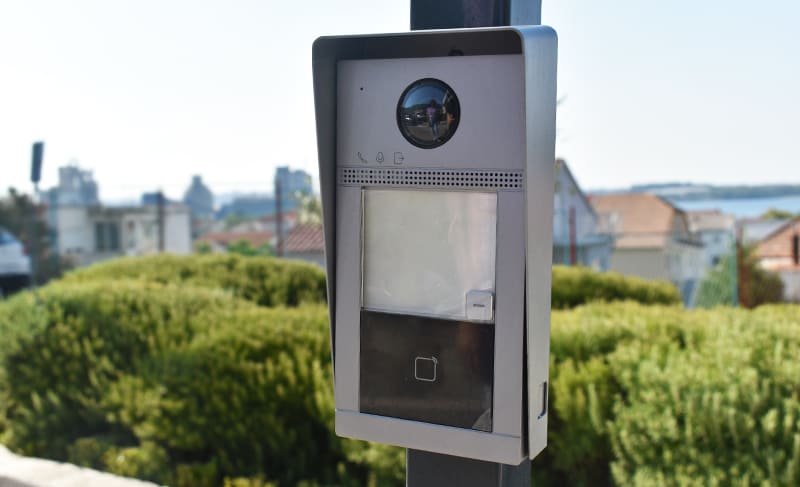
TIMER
Integrating a timer with an automatic boom barrier allows for the barrier to open and close based on pre-set schedules. This can be particularly useful in environments like parking facilities or business premises where access is restricted or allowed at specific times of the day. The timer ensures that the barrier operates automatically, reducing the need for manual intervention.
PUSH BUTTON
A push button system is a simple yet effective way to control the operation of an automatic boom barrier. It works by sending an open or close signal to the barrier when the button is pressed. This method can be used as a backup to other, more sophisticated systems or as a standalone solution. It's particularly useful for manual control when needed, such as in emergency situations or for maintenance purposes.
Considerations for Boom Gate Barrier Selection
Selecting the right boom gate barrier requires careful consideration of several factors to ensure it meets the specific needs of the location.
Start by identifying the barrier's primary purpose, whether for managing vehicle access in parking lots, controlling entry and exit points, or directing traffic flow. The level of traffic it will handle is essential, as high-traffic areas require durable, frequently operated barriers.
Then choose between manual or automatic barriers based on traffic volume and security requirements, with considerations for space influencing the decision between straight or folding arms. Operational speed and safety features are paramount, with a need for rapid-response barriers in busy areas and integrated safety sensors to prevent accidents.
Additionally, assess the barrier's ability to integrate with existing or planned security systems, including RFID, license plate recognition, or remote control capabilities, because it can significantly enhance security and operational efficiency.
By carefully considering each of these aspects, you can make an informed decision when selecting a boom gate barrier, ensuring it meets the specific needs of the location while offering you reliability and efficiency.
Future Developments in Boom Gate Barrier Technology
The future of boom gate barrier technology is likely set for significant advancements aimed at enhancing efficiency, security, and integration with smart city infrastructures. Developments are expected to focus on the incorporation of Artificial Intelligence (AI) and Machine Learning (ML) for improved automation and dynamic traffic management.
Furthermore, user-friendly designs, mobile app integration, and customization options are set to enhance the user experience and adaptability across various infrastructures. The integration of technologies like RFID, automated ticket systems, and emergency vehicle recognition will streamline operations, making boom barriers an even more versatile and efficient solution for traffic and access control in the evolving landscape of urban development.

